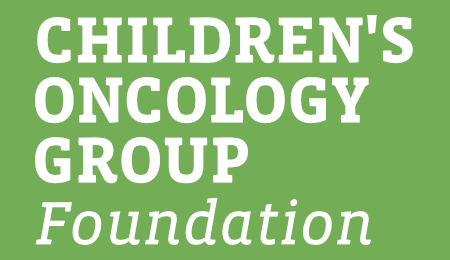Requests for use of COG Biospecimens
General Requests for use of COG Biospecimens
The leadership of COG recognizes that the use of tissue collected for COG research is a valuable resource. Legacy biospecimens* may be requested through collaboration with COG or through the NCTN Navigator. The procedures outlined below are the methods whereby tissue may be requested through COG.
*Biospecimens available for research once all protocol-specified endpoints, including clinical and laboratory studies, have been completed.
Resources
Pre-Inventory Biospecimen Request Form (PIBRF)
NCTN Core Corelative Science Committee (CCSC) Proposal Submission Form
COG Biospecimens Frequently Asked Questions
Application Process
The application process begins with an investigator submitting a completed COG Pre-Inventory Biospecimen Request Form (PIBRF) to specimens@childrensoncologygroup.org. A high-level review for scientific merit and an assessment of competing projects is completed by the Disease Committee (DC) Vice Chair (VC) of biology and review for feasibility and confirmation of bank holdings is completed by the DC Statistician.
An iterative process between DC Statistician, the DC VC of Biology, and Investigator may be needed to revise specimen types/timepoints in the PIBRF to support project feasibility (e.g., if the initial desired types/timepoints do not yield an adequate number of available specimens to support the project objectives). If requested biospecimen types/timepoints remain unclear or a better understanding of the project is desired, further clarification may be sought via a Pre-Application Call (PAC).
Once the DC VC of Biology and the DC Statistician have approved the PIBRF and the inventory check is complete, the Investigator drafts a full proposal. The completed NCTN Core Corelative Science Committee (CCSC) Proposal Submission Form together with the Principal Investigator’s biosketch and IRB approval or exemption letter are submitted to specimens@childrensoncologygroup.org.
Any investigator wishing to develop a collaboration to use COG banked legacy biospecimens will complete the NCTN Core Corelative Science Committee (CCSC) Proposal Submission Form, providing the following information:
- PI National Institute of Health (NIH) Biosketch
- IRB letter documenting approval or exemption status (required prior to biospecimen release)
- Number of biospecimens requested
- Biospecimen type
- Trials from which biospecimens are being requested
- Funding source
- Hypothesis and Specific Aims
- Rationale and Background
- Preliminary Data
- Methods
- Statistical Design and Analysis Plan
- Facilities and personnel
- Projected start and end dates
Review of the Biospecimen proposal
(1) Expedited review. Select applications can be reviewed using an expedited pathway overseen by the specific disease committee. These are generally for exploratory or pilot investigations and involve small numbers of non-rare biospecimens. For example, requests for < 50 biospecimens from non-rare patient subsets are considered appropriate for expedited review for neuroblastoma. For other rare tumor types, this number may be smaller and will be decided by the appropriate biology committee.
(2) Full disease-specific biology subcommittee review. Requests for ≥ 50 patient cases in total, biospecimens from ≥ 50% of patient cases from a single trial arm, or for certain rare or difficult to attain biospecimens require full disease biology subcommittee and Scientific Council review. The respective COG disease committee associate VC of biology or committee designee will circulate applications with the PI biosketch and any support documents to their standing subcommittee, including DC Statistician, for review (with or without external reviewers). It is expected that > 2 primary reviewers will be identified for each application.
The expected turn-a-round time for receipt of reviews is approximately 6-8 weeks. The review will be returned either as approved or rejected. Rejected proposals can be resubmitted with justification of the comments provided in the rejection notice. If the request is approved, the proposal will proceed through the review by the Scientific Council and the National Cancer Institute (NCI) Cancer Therapy Evaluation Program (CTEP) or the Correlative Core Science Committee via the NCTN Navigator. Agreements and biospecimen processing will commence as described below for approved proposals.
Agreements with COG/Biospecimen Bank at the Nationwide Children’s Hospital Biopathology Center
When an application is approved, the requester must agree to sign a Materials Transfer Agreement (MTA), crediting COG in any subsequent publication of the research with COG specimens. If correlated clinical outcome data is requested with specimens, then the requester must also sign a Data Use Agreement. The Pediatric Division of the Cooperative Human Tissue Network (CHTN) is involved in the distribution process of legacy biospecimens from the COG Tissue bank. Accordingly, the requester is required to sign the CHTN Agreement for Use of Tissue and Data Use Agreement.
Specimen Processing and Distribution
For approved proposals, the Statistics & Data Center will provide the BPC with a case list of biospecimens. BPC personnel review available material for each case, ensuring that the appropriate amount of sample requested is available. Biospecimens are then packaged and shipped according to BPC procedures, and an invoice for specimen processing costs is sent to the requestor.








